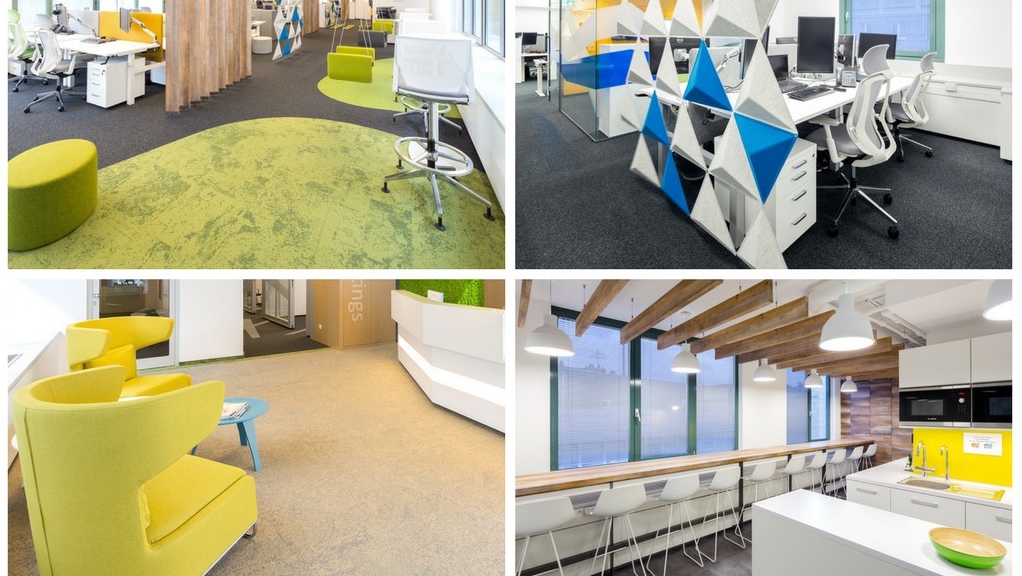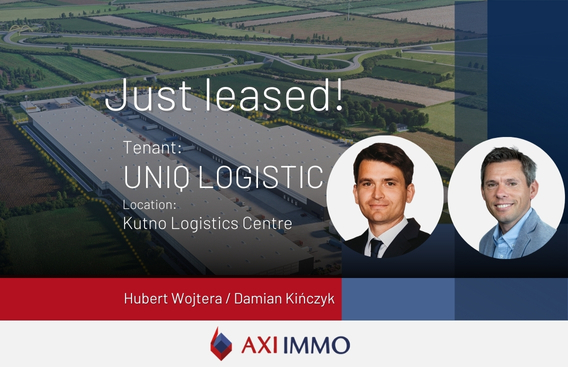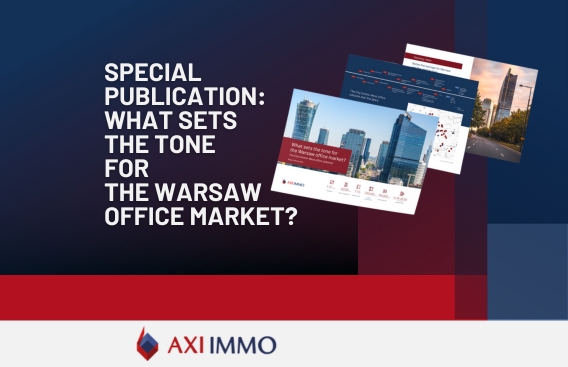AXI IMMO’s experts: Offices for an IT company – what employees expect
The office becomes one of the elements of the fight for IT talents. Tips on how to prepare them to meet the expectations of this particularly demanding professional group and how much such project costs are prepared by the AXI IMMO Office experts.

In Warsaw alone 10% of office tenants are IT companies. It is one of the most dynamically growing segments of tenants in the office market and at the same time one of the most demanding. Experienced programmers and system administrators are sought by many employers.
The office has become one of the elements in the battle for IT talent. Tips on how to prepare an office to meet the expectations of this particularly demanding professional group and the associated costs have been prepared by AXI IMMO office department experts.
Companies from all over the world are drawn to Poland in search of experienced IT professionals as they open up more IT and R&D centres. The sector’s preferred office locations are Warsaw and Wroclaw, which is now called the Polish Silicon Valley. Large IT centres are also opening in Krakow, Katowice and Gdansk. The largest tenants in the IT sector in Poland include: Atos, Dolby, Capgemini, IBM, Nokia, Opera Software, Accenture, Ericsson and many others.
What is important for IT staff?
Today’s offices designed for IT companies are distinguished by superior fit-outs and advanced technology. Companies are investing in a high standard because the office is a place that defines the culture of an organisation and promotes creative thinking. According to research conducted by the Kelly Global Workforce Index, IT workers are more likely than workers in other sectors to value their work environment (66% IT, 57% other sectors) and access to the most up-to-date office equipment (63% IT and 46% other sectors).
The IT sector is an employees’ market. IT specialists (usually men aged 25-35) often choose their future employer in terms of additional benefits, among which the location and standard of the office occupies a high place. So it is no wonder that companies in the sector are doing everything to make their offices stand out. Inspiration is drawn from abroad, especially the United States, where office space designed for the top players in the IT market (such as Apple, Google and Microsoft) is an example of the most modern approach to office space. Large common areas, spacious kitchens, games and relaxation rooms, game consoles and even places for napping are now standard in offices for IT staff.
“It is worth emphasising that the latest technology, from server rooms to automated conference rooms equipped with state-of-the-art multimedia equipment, is standard in offices for IT companies. Particular attention is paid to ensuring adequate acoustics in individual zones, lighting as well as attractive but also ergonomic furniture,” commented Martin Lipiński, Head of Office Agency and Tenant Representation.
The area around the office is also important for staff, including the availability of fitness clubs, restaurants, services and green areas. These areas of greenery and services are particularly important when the company is the sole tenant of an office building or several office buildings that make up one campus, which is common the IT industry and a prime example are the offices in Krakow for Nokia or Motorola.
Technical improvements
The last issue, yet still important, is employees’ involvement in the design and layout of office space. IT professionals spend most of the day at the office, so they want to have an impact on how it looks. Employee-created offices have better functionality and are tailored to the mode and nature of a company’s business.
Offices for IT – how much do they cost?
For IT companies, the office is a challenge facing many corporate executives. The above-average demand for technical infrastructure, additional security systems, technical innovations, high-quality materials and designer finishes increase the price per square metre of office space.
“It is estimated that the fit-out cost of office space designed for the IT sector is higher than average by 20 to 30%. The minimum rate is EUR 400/sq m. In addition, the cost of furniture for workstations exceeds EUR 1,500. It is worth emphasising, however, that a modern, well-designed office is an investment that pays back over time, because it improves work efficiency and supports the company in recruiting talents,” concludes Martin Lipiński.
Recent articles

15 April 2024
UNIQ LOGISTIC stays in Kutno, AXI IMMO real estate agency advises
UNIQ LOGISTIC stays in Kutno, central Poland, in the Kutno Logistics Centre. The tenant was advised by AXI IMMO

27 March 2024
MR D.I.Y. advised by AXI IMMO rents a warehouse at Hillwood Zgierz I, Central Poland
Almost 5,000 sq m for the logistics headquarters of MR D.I.Y. in Central Poland

26 March 2024
Warsaw’s Bliska Wola as a model example of a modern office district
AXI IMMO, the largest Polish real estate agency on the commercial real estate market, presents a special publication "What sets the tone for the Warsaw office market?"

12 March 2024
The latest AXI IMMO report: Industrial Market in Poland 2023
The Industrial market in Poland in 2023 – slower, but not weaker